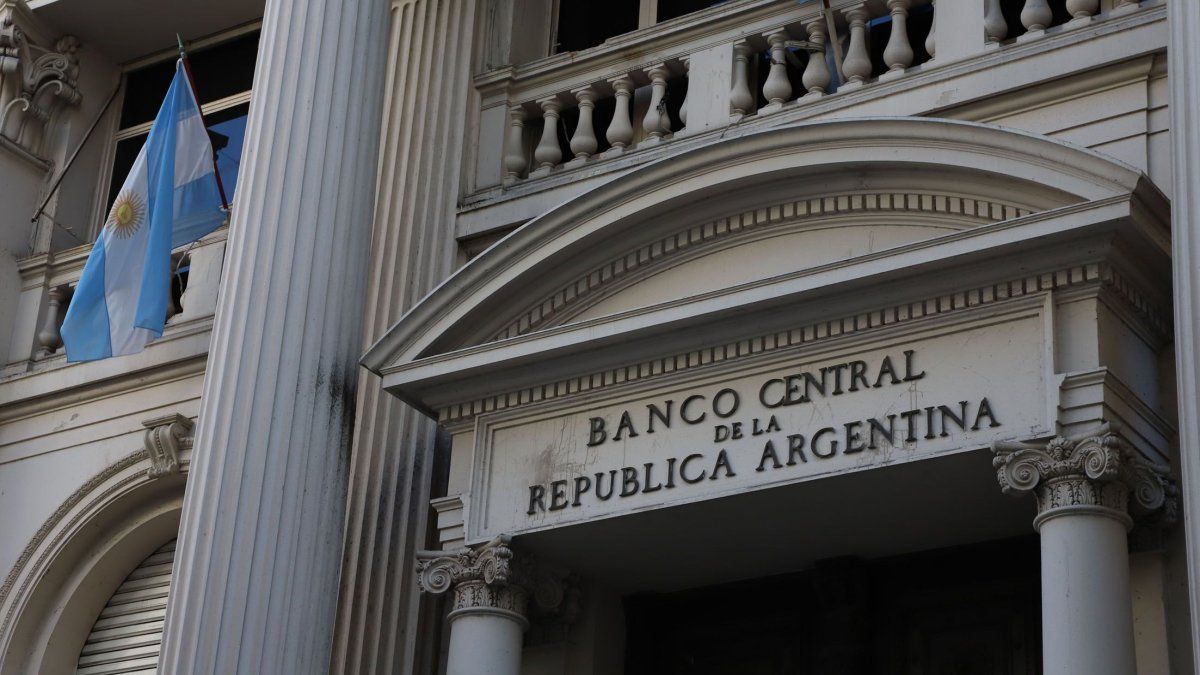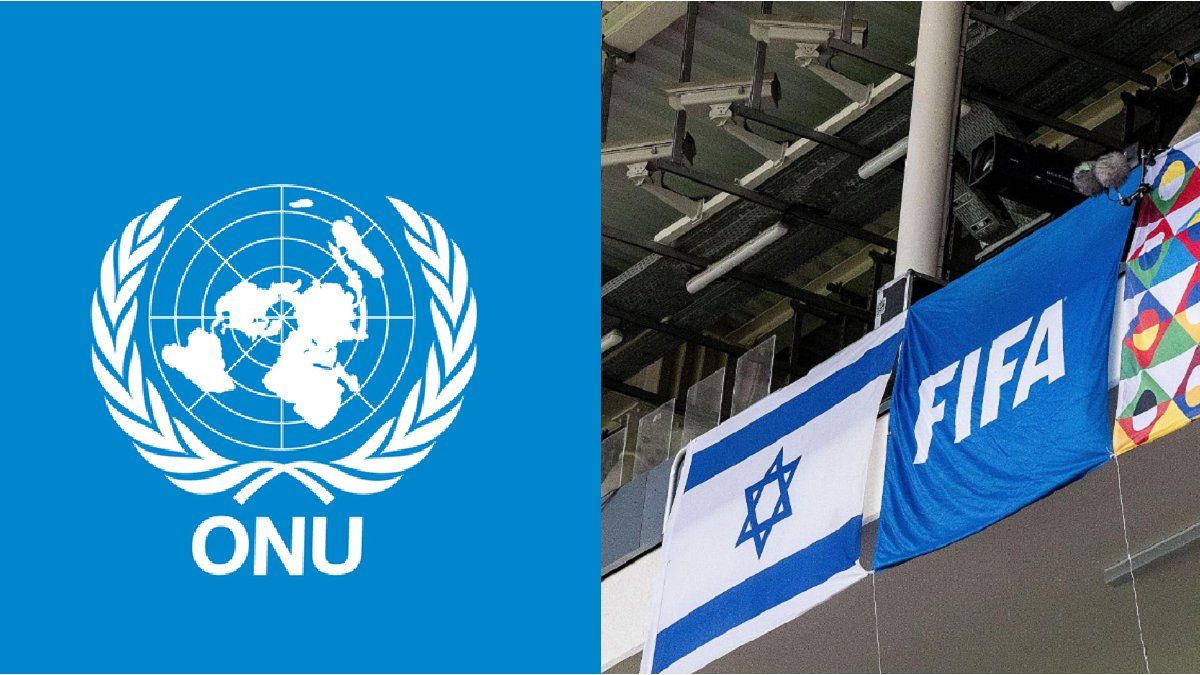The measure of the Ministry of Economy seeks to contain the volatility of interest rates and a better management of liquidity by banks.
He Central Bank of the Argentine Republic (BCRA) He confirmed that he will offer active passes to financial entities through the wheel repaired in SIOPEL, operating daily from 17 to 17:30. The initiative seeks to provide liquidity to the banking systemin the middle of a Strong volatility of rates. The measure was formalized through communication “B” 13032.
The content you want to access is exclusive to subscribers.
According to official communication, The interest rate for these operations will be the weighted average of the negotiated rates in the wheel I repo until 17 hours a day, plus 2%. The accepted guarantees will be public titles issued in pesos by the National Government, with a residual term greater than 60 days at the time of the operation. To be eligible, the instruments must have been previously acquired by Entities in primary tenders and for their own portfolio from the date of issuance of the statement.


The BCRA explained that the list of instruments and applicable ages will be published on its official website. In addition, it established a participation limit: Each entity may make active passes for a maximum of 5% of its computable patrimonial responsibility.
The BCRA and the Ministry of Economy prepare for a key tender
In short, The liquidity window will allow banks to access BCRA funds through active passesusing treasure letters acquired in primary tenders with maturities more than two months. The mechanism will operate at a rate linked to the tamar – reference of wholesale deposits – plus an spread, with the objective of injecting liquidity to the banking system, which crosses an acute shortage of weights in a context of high demand for short -term instruments.
The measure complements the efforts of the Ministry of Economy, headed by Luis Caputowhich in the tender will limit the subscriptions to LECAP of short term (S12S5 and S30S5), encouraging investors to opt for longer instruments, such as Lecap with maturities in October, November or January 2026, or bonds adjusted by inflation and dollar Linked. The strong jump from 80% rates reflects the combination of several factors: The uncertainty prior to debt tender – where the Treasury must renew about $ 15 billion of a total of $ 23 billion projected for August – and the expectation of an adjustment in the exchange regime.
Liquidity scarcity led investors to prioritize short -term instruments, raising their costs and generating pressure on the treasure, which faces the challenge of financing its maturities without further more expensive debt. The BCRA window seeks to relieve this tension, offering banks a financing alternative without depending on the secondary market, where rates have reached levels considered unsustainable.
Source: Ambito
I am a 24-year-old writer and journalist who has been working in the news industry for the past two years. I write primarily about market news, so if you’re looking for insights into what’s going on in the stock market or economic indicators, you’ve come to the right place. I also dabble in writing articles on lifestyle trends and pop culture news.




